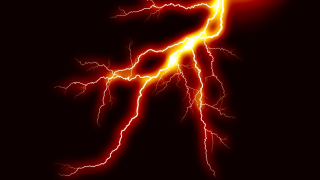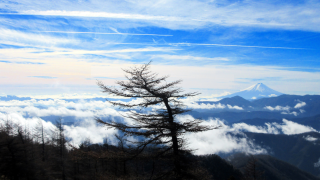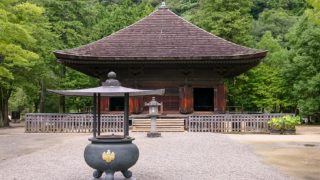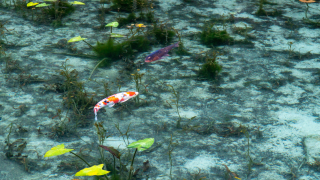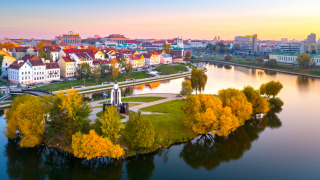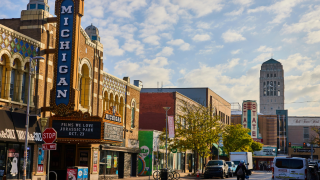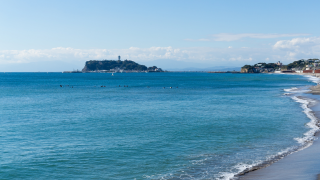 CONTENT
CONTENT Slam Dunk’s Sacred Place “Kugenuma Beach,” the Stage of Hanamichi and Rukawa’s Reunion in the Final Volume of the Original Manga
For fans of Slam Dunk, Kugenuma Beach is more than just a seaside spot in Shonan. It is the sacred stage of the manga’s finale, where the story of youth, rivalry, and friendship finds its emotional closure.


